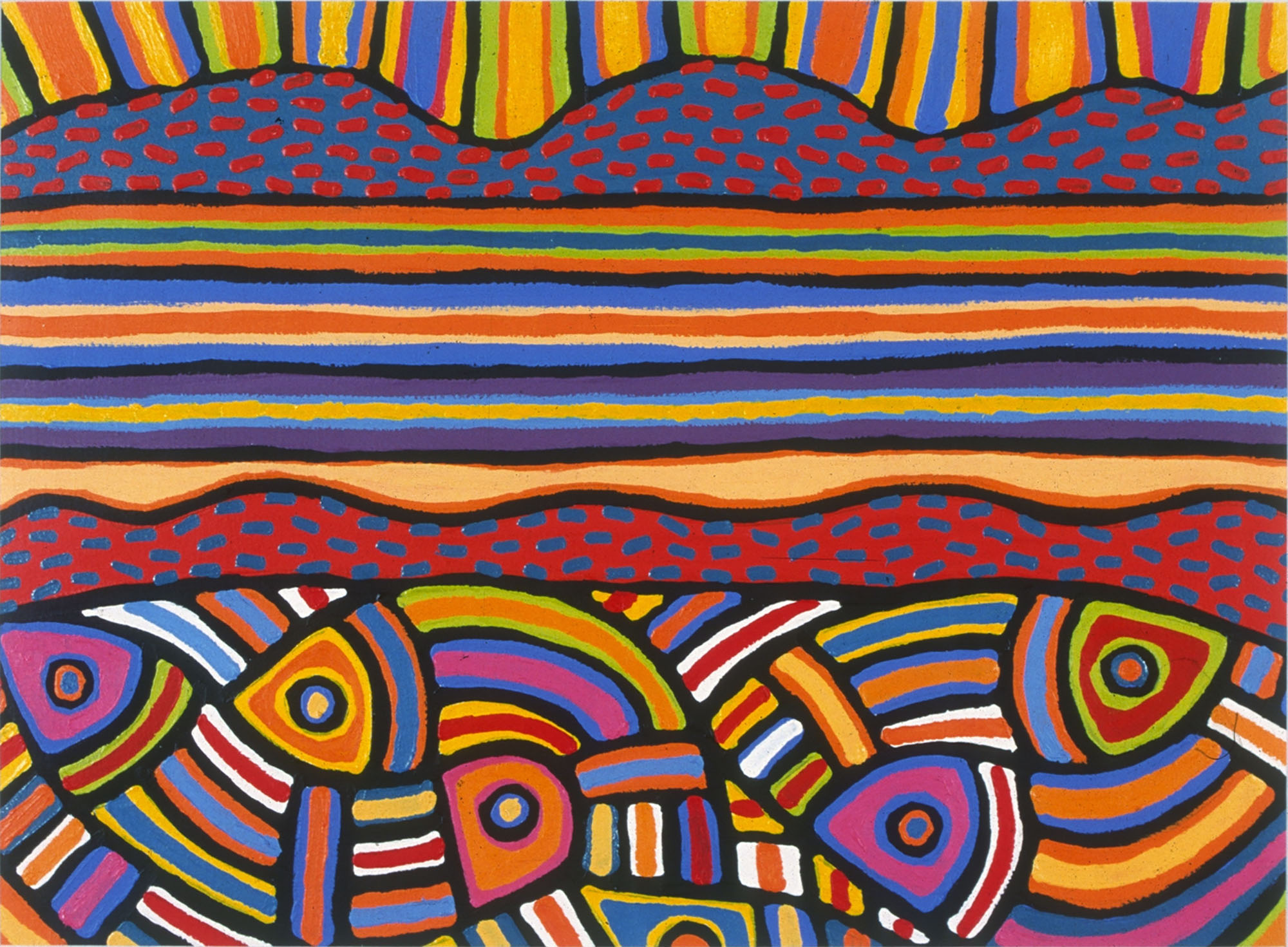Eye Health
Poor eye health can limit an individual’s education, employment and social opportunities; it can also increase the risk of injury and lead to dependence on services and other people [1].
While Aboriginal and Torres Strait Islander children, especially those living in remote areas, often have better eyesight than non-Indigenous children [2], Aboriginal and Torres Strait Islander adults are three times more likely to experience vision loss or blindness than non-Indigenous adults [3].
Uncorrected refractive error, cataracts and diabetic retinopathy are the main causes of vision loss and blindness among Aboriginal and Torres Strait Islander people [3], but trachoma and trichiasis also occur in some remote communities despite no longer being a public health problem in any other developed country in the world [4].
The good news is that 90% of vision loss and blindness among Aboriginal and Torres Strait Islander people is preventable or treatable, and there are positive signs that eye health initiatives are closing the vision gap [3].






